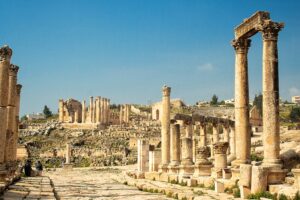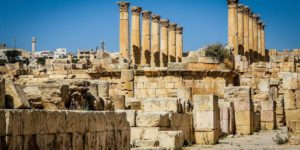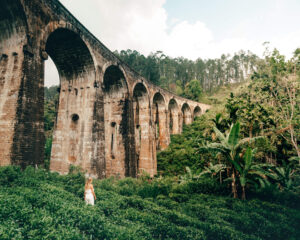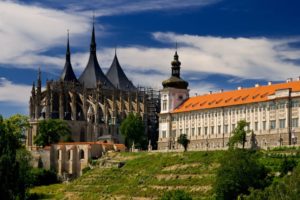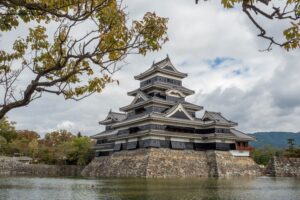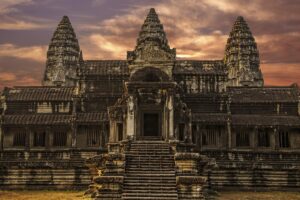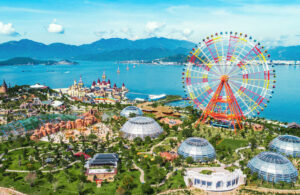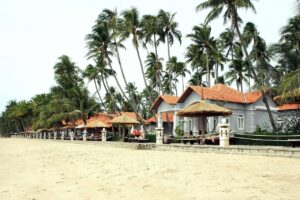Hanoi is the capital of Vietnam, located in the northern part of the country. This city does not have direct access to the sea, but is washed by the waters of the picturesque Hong Ha River (also known as the red river). Hanoi has a rich heritage dating back to ancient times. With its narrow streets, ancient temples and architectural masterpieces, the city reminds of its rich history and cultural heritage.
Hanoi is not limited to just historical sites. The city is lively and dynamic, characterized by a high level of development, with tall skyscrapers and modern shopping centers.
We have prepared a detailed guide, where tried to highlight the most popular things to do in Hanoi, interesting places to visit in the city.

Best Things to Do and See in Hanoi
Below you will find a list of the most popular tourist spots in Hanoi that are definitely worth visiting. To get to know Hanoi better, spend at least two days there.
The best way to explore Hanoi is on foot. There are many buildings with the spirit of colonial France, many lakes, pagodas, temples and tree-lined boulevards.
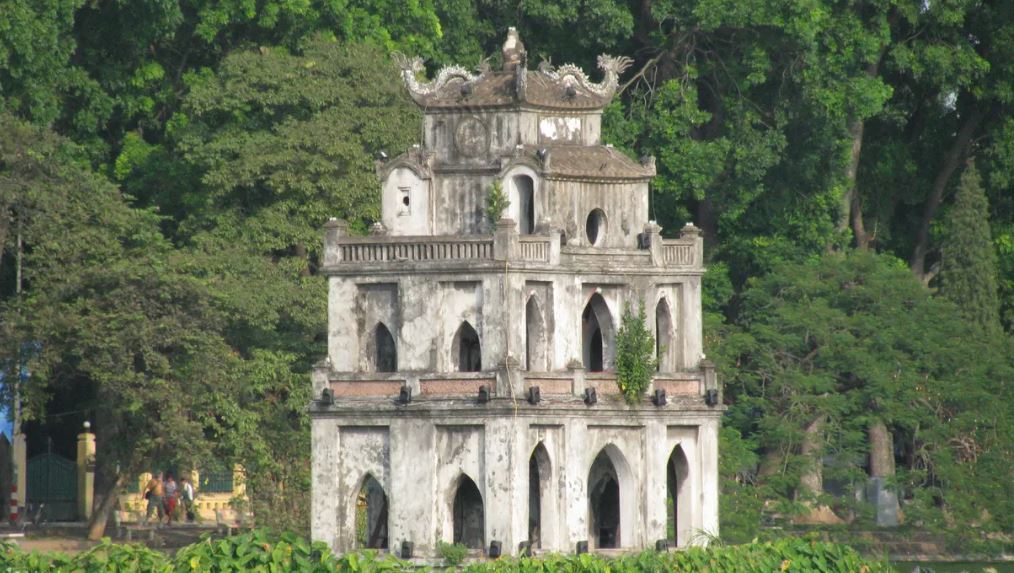
Old Quarter
It was originally a bustling commercial area where merchants and artisans traded their goods. There are a lot of attractions to see in Hanoi old town. This quarter consists of 36 streets, each was occupied by masters of a certain craft back in the 15th century. From the name of the street it is clear what exactly was produced there. For example, there are streets dedicated to silk, jewelry, shoes, and more. In the old quarter you can find many traditional shops and craft shops, selling everything from textiles and ceramics to jewelery and local decorations.
Old quarter in Hanoi is a must-visit place, as the block of 36 streets can be called an open-air museum.
Vietnamese Incense Village
Make sure to include Quang Phu Cau village in your bucket list, where colorful incense sticks have been made for over a hundred years. This is one of the popular places on the outskirts of Hanoi where people come to take beautiful photos. You can visit it as part of a day tour, which also includes a visit to one of Hanoi’s most famous streets, the one along which the railway runs.

Just like in Thailand, in Hanoi the train tracks running through the city have become a popular sights in Hanoi thanks to Instagram. The buildings are located so close to the tracks, and having noticed that this place becomes popular tourist attraction, numerous cafes are lined up almost on the tracks. It is worth remembering the safety rules; trains pass here several times a day.

Traditional Water Puppet Theater in Hanoi
Visit Thang Long water puppet theater, which dates back more than 500 years. The performance takes place on Hoan Kiem Lake and lasts about an hour. The show program is based on fairy tales and legends of the people of Vietnam. In total, about 500 performances take place a year; both locals and foreign tourists come to watch it.

Hoan Kiem Lake
Also known as Lake of the Returned Sword, Hoan Kiem lake is a picturesque body of water located in the heart of Hanoi, Vietnam. It is one of the most iconic landmarks in the city and holds significant cultural and historical importance.
According to legend, Emperor was given a magical sword to help him drive out the Chinese invaders in the 15th century. After the victory, while boating on the lake, the sword was returned to a giant golden turtle emerged from the water, hence the name Hoan Kiem, which translates as “Returned Sword.”
Ho Chi Minh Mausoleum
It is a monumental building located in Ba Dinh Square, Hanoi, Vietnam. It serves as the final resting place of Ho Chi Minh, the revolutionary leader and founding father of modern Vietnam. The mausoleum is a large, imposing structure made of gray granite, featuring a sloping roof and classical columns.

Ho Chi Minh Mausoleum is open to the public for viewing of Ho Chi Minh’s preserved body. Visitors are required to follow a strict code of conduct, including dressing modestly and maintaining silence while inside the mausoleum. Photography and videography are prohibited.
Phung Hung Mural Street
Phung Hung Street is also known for its vibrant street art scene, with colorful murals and graffiti adorning many of the buildings. These artworks add to the street’s lively atmosphere and provide a unique backdrop for photos.
Hanoi Opera House
Hanoi Opera House or the Hanoi Grand Opera House, is a prominent architectural landmark and cultural venue located in the French Quarter of Hanoi. It was built by the French colonial administration as a cultural and entertainment venue for the French colonial elite. It hosted opera, ballet, classical music performances, and other cultural events.

Hoa Lo Prison
Hoa Lo Prison, often referred to as the “Hanoi Hilton,” is a historic site located in the heart of Hanoi. This prison was built by the French colonial administration in the late 19th century to house political prisoners, particularly those involved in anti-colonial activities. The prison’s original purpose was to crush dissent and maintain French control over Vietnam.
Today, Hoa Lo Prison serves as a museum commemorating the struggles of Vietnamese revolutionaries against colonial rule and the experiences of American POWs during the Vietnam War. The museum exhibits artifacts, photographs, and displays documenting the prison’s history and the stories of those who were held there.
Temple of Literature (Văn Miếu)
Confucian temple in Hanoi, the decoration of which has been preserved from the 18th-19th centuries. It’s nice to stroll through the well-groomed territory of the temple, where there is a small lake and cozy courtyards. Be sure to see the bell, which is made of bronze and is 2 meters high. If your visit falls during the Vietnamese New Year, you might catch a calligraphy competition.
One Pillar Pagoda Chua Mot Cot
One Pillar Pagoda is one of the ancient pagoda’s in Vietnam. It is renowned for its unique architectural design, which resembles a lotus blossom emerging from a square-shaped pond. The pagoda is supported by a single stone pillar, which symbolizes the lotus flower rising from the water.
The lotus flower holds significant symbolism in Buddhism, representing purity, enlightenment, and the path to spiritual awakening.
